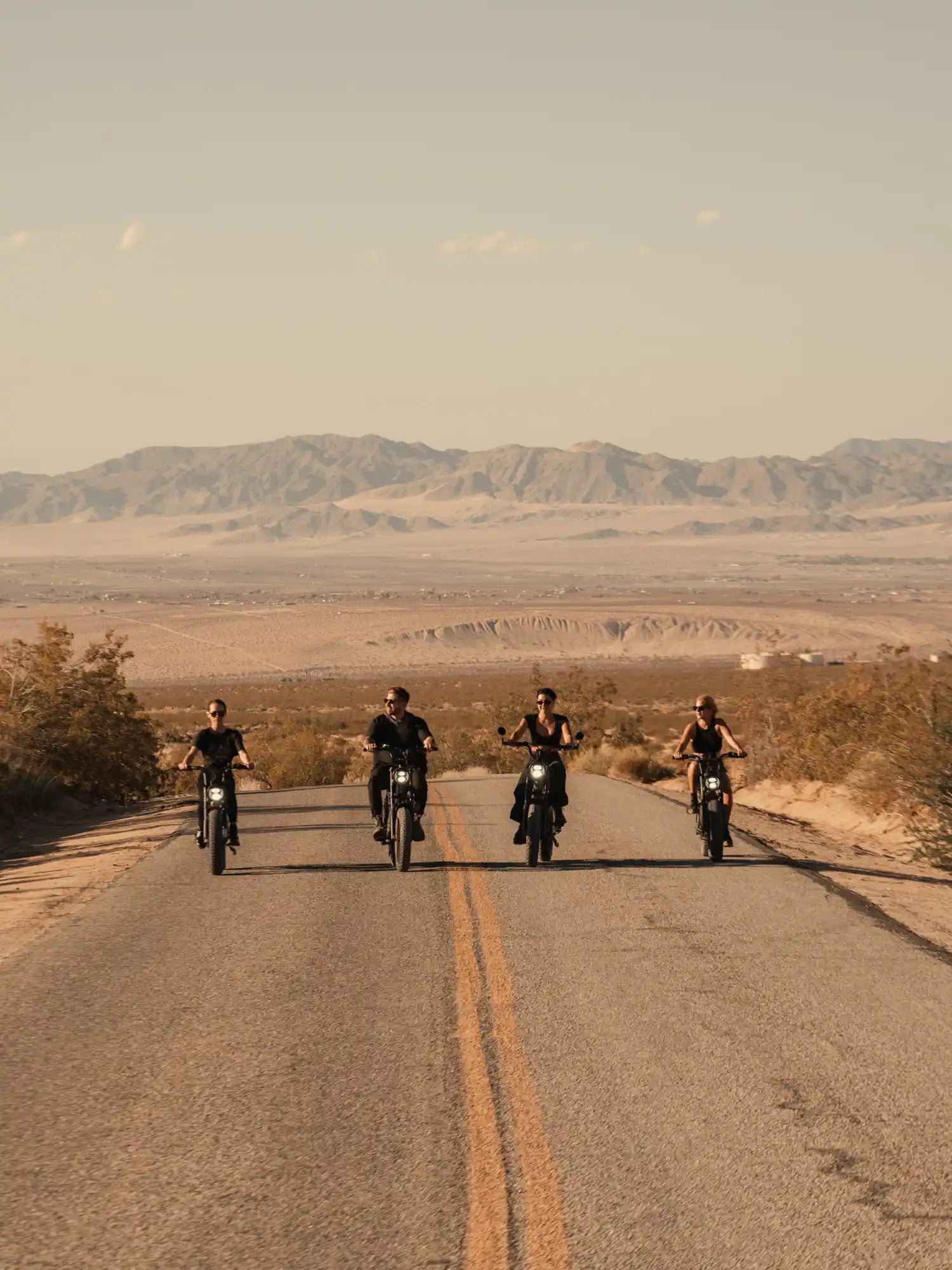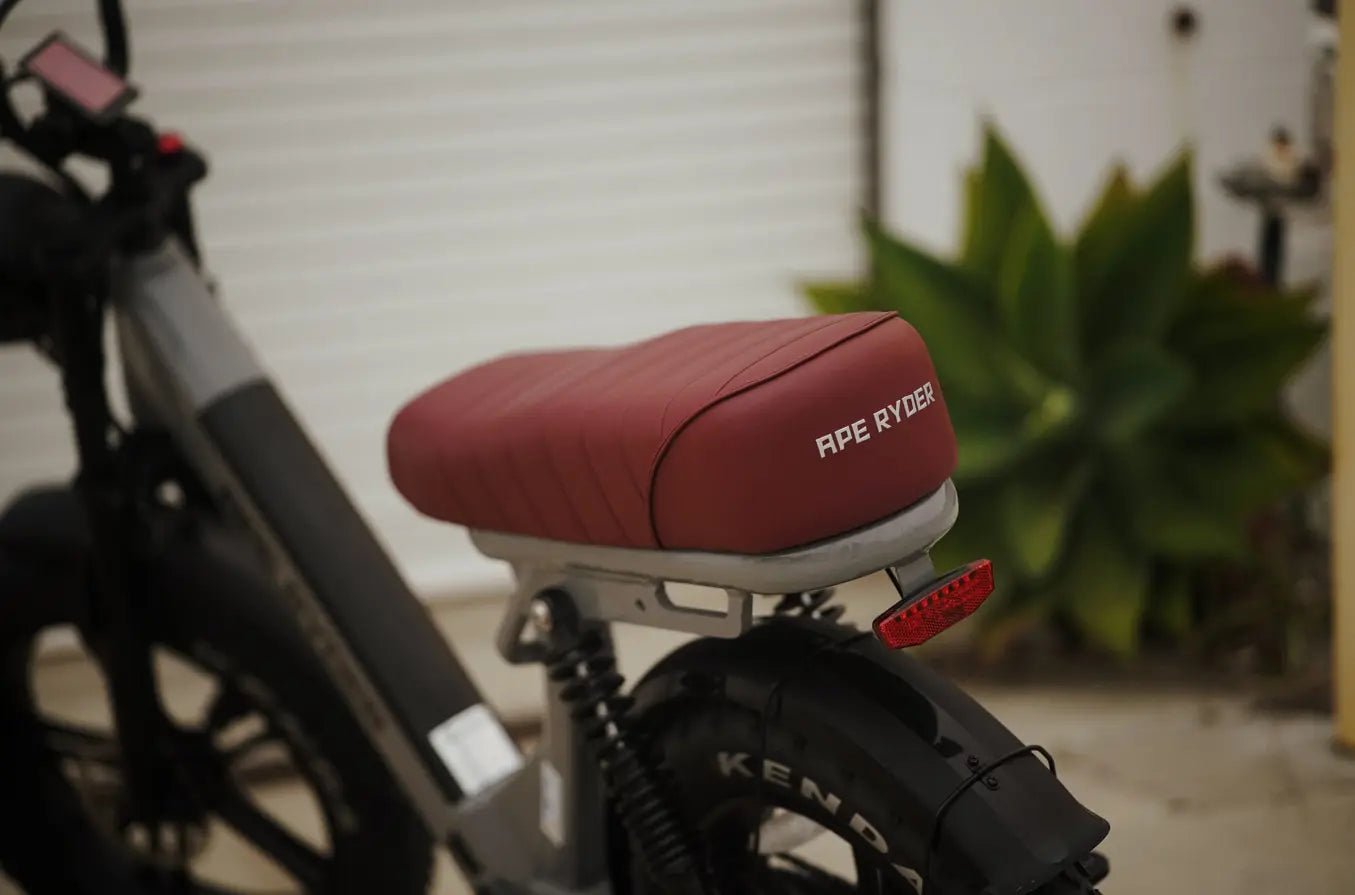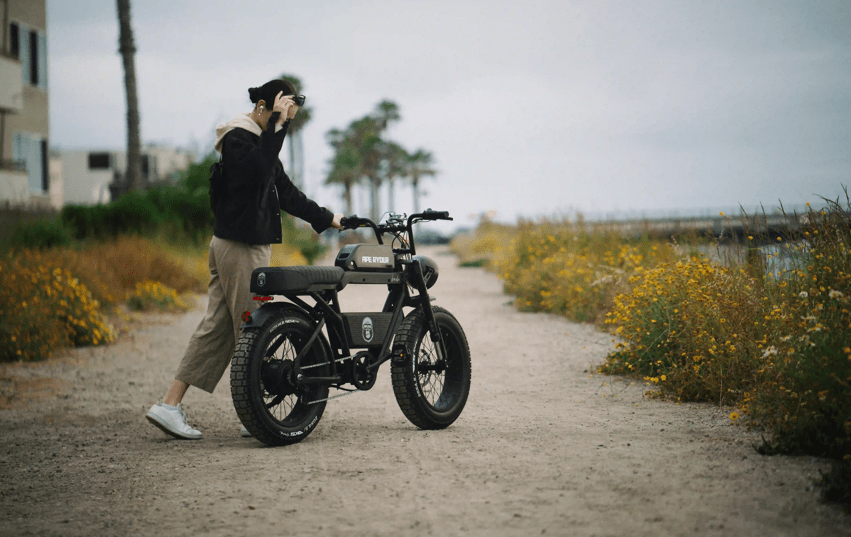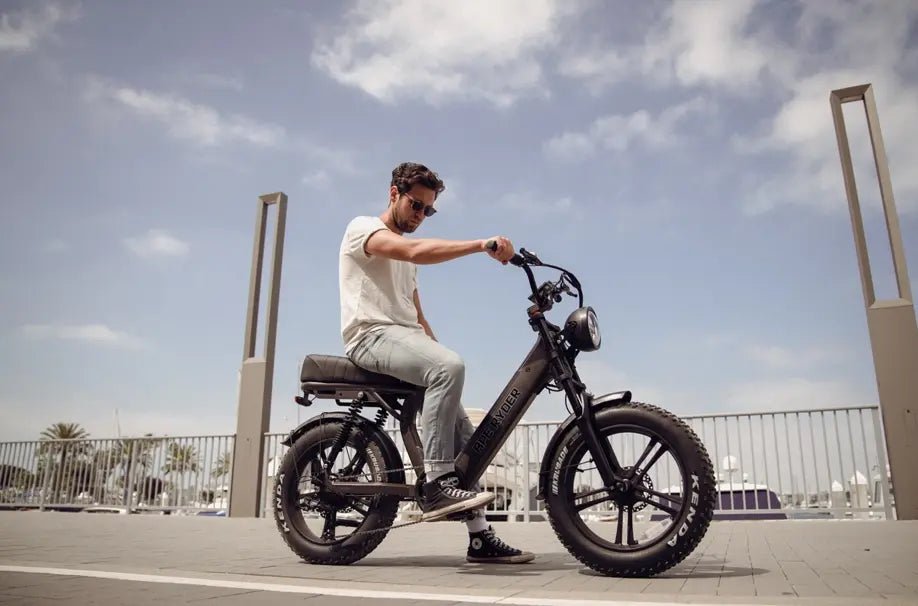E-bikes are the new cool, catering to eco-tourists and adventure junkies alike. Whether you're looking for your next big adrenaline overdose or an eco-friendly and hassle-free way of commuting, there are loads of benefits to renting an e-bike. But before you get on and thumb the throttle, here are some important tips that will make your ride extremely smooth and enjoyable.
Understand Your Needs
First, define your requirements. Are you going to ride leisurely in the park, rush on busy roads, or climb the most complicated mountain path? Knowing how you're going to use the e-bike will get you the right one for your adventure.
E-Bike Types
There are innumerable variations of e-bikes, all of which can be useful for certain purposes. There are city e-bikes for urban riding and mountain e-bikes that can thrive on rough terrain. There are touring e-bikes that are perfect for those long, far-reaching rides. Each has features suited to the purpose it was intended for, thus assuring you the best performance for your needs.
Duration and Distance of a Ride
Consider the length and the distance you are going to cover during your ride while choosing an e-bike, as they will dictate which battery capacity and how much motor power you will need. In this respect, city commuting usually needs small battery sizes, while long trips require larger capacities in order to be certain that sufficient power is supplied for the whole journey.
Comfort and Ergonomics
Comfort is key for long rides, and this means that you will need an e-bike with a comfy saddle, ergonomic handlebars, and the correct frame size. Adjustable components will make it even better for your body type to ensure a comfortable ride without any discomfort or probable injury.
Check Battery Life and Range
This is one of the major deciding factors when one goes for an e-bike. It varies greatly depending on the nature of the terrain, the weight of the rider, and how much motor assistance is required or used. All these factors affect the overall distance to be had with an e-bike on a single charge; hence, they are important while making your choice.
Types and Capacities of Batteries
There are two majorly used E-bike batteries: Lithium-ion and nickel-metal hydride. Of the two lithium-ion batteries are the most predominant due to their longer life and lighter weight lip. Capacity is a measure in Wh (watt-hours). The higher the Wh, the longer the range.
Charge Time
Check how long it is to fully charge the battery. Some can be charged in a few hours. Others would ideally take overnight. There are fast-charging options, but generally, they are more expensive. And this data helps much better for planning rides.
Battery Maintenance
Proper battery maintenance is achieved if you buy a longer-lasting storage battery. Be keen to clearly understand battery care, including storage guidelines and its charging practice. Ensure that you always get guidelines from the rental provider concerning this to prevent any conflicting issues with the contract during your rental period.
Inspect the Motor and Pedal Assist Levels
This is because even while being powered by a motor, it's important that this power gives the right amount of assistance so that every ride goes nice and smooth. Generally, e-bikes will be fitted with motors that come in different strengths, with different levels of pedal assist, so you'll want to pick one that truly serves your needs to experience a comfortable ride.
Motor Placement
They may be mounted in the front hub, at the back, or mid-drive; each has different advantages and disadvantages. With a mid-drive motor, you will have outstanding weight distribution for improved efficiency and versatility across diverse terrains. On the other side, hub motors are somewhat simple and inexpensive. However, they affect handling. Which one do you prefer.
Pedal Assist Levels
Most e-bikes these days have different levels that govern how much the motor helps with pedaling. Being at a higher setting makes pedaling significantly easier, but can also run the batteries down quicker. Get to know how to do these settings in order to get your best ride and find a balance between ease and battery efficiency.
Motor Noise and Efficiency
Motor noise can affect your overall ride experience. With most of the modern motors fairly quiet, some can be noisier than others. Moreover, motor noise frequently goes directly to efficiency—the more efficient the motor is, the better the range and performance it will typically provide. Thus, this is not worth considering with regards to the noise level only but the efficiency while choosing the e-bike.
Assess the Brake System
Always on your mind should be the safety issue. Among the many things, one should look into before hiring an E-bike is the breaking system.
Type of Brakes
Either mechanical or hydraulic brake systems are fitted to the e-bikes. Hydraulic brakes have higher performance and less maintenance time; however, they are expensive. Mechanical brakes are much simpler, less expensive, but might not put out the same braking power as hydraulic ones.
Brake Condition
Check that the brakes are in good condition. Test both the front and back brakes to ensure their responsiveness. If you find at all that you start to squeak or if your stopping power seems a little weak, then that would be indicative of worn-out brake pads or another problem requiring your attention.
Brake maintenance
Learn basic brake maintenance procedures, such as checking the levels of the brake fluid and inspecting the pads for wear. Watching these two things will keep your brakes effective and you safe. Ask the rental provider for special instructions which would enable you to perform a minor adjustment if necessary.
Evaluate Tire Quality and Pressure
The tires have much to do with your ride's comfort and safety.
Tire Types and Tread Patterns
Choose your tires according to the kind of environment you are going to ride on. Slick tires are great on city streets due to their smooth, gliding effect on pavement. Knobby tires are perfect for off-road trails since they have greater traction on rough ground. Hybrid tires offer a middle path and work well across a mix of surfaces.
Tire Pressure
Proper pressure ensures a smooth, flat-free ride. This recommended pressure range can be found on the sidewall of the tire, and checked with a pressure gauge to maintain this recommended pressure range. Under-inflation will give extremely poor handling, and over-inflation very uncomfortable ride.
Tire Condition
Check your tires for crazing or thin spots. The tread pattern should be visible and will give adequate grip. Good tires make the ride safer and more enjoyable.
Familiarize Yourself with the Control Panel
The control panel or display unit of an e-bike provides that interface, giving very vital information regarding speed, battery level, and assist mode. Take a little time before leaving to familiarize yourself with the functions so you can have a smooth and informed ride.
Display Features
Display features vary depending on different E-bikes. Usual indicators are speedometer, odometer, battery level, and assist mode. High-end models may provide for GPS navigation and connectivity options.
Easy Access and Visibility
The control panel should always be within easy reach and sight during riding. You must obviously look at it momentarily and not shift your view from the road. Check its brightness and readability against various lighting conditions.
User Manual
Request a user manual from the renting provider or take up a brief tutorial on using the control panel. Having an understanding of its features will make the experience with an e-bike all the more enjoyable.
Safety Gear and Accessories
Always safety gear when riding an e-bike. Be sure to have all the accessories on board before embarking on any journey. A helmet is a kind of first line of defense against any impending accident; hence, opt for a well-fitting helmet that strongly provides protection. The role of visibility also comes in very huge here, especially during night rides—does your e-bike have functioning front and back lights, and are there any reflectors?
When you are not on the bike, there is a great need to keep the e-bike safe. Get a good lock—either a U-lock or chain lock—and always lock your bike in some conspicuous area to some stationary object.
Understand Rental Policies
Be aware of the policies of the rental provider to avoid any surprises. Understand what rental options you have available and how much they cost. Some are charged by the hour, while others are by the day or by the week. Pick the one that best fits your plans. Also, read the fine print regarding damage and theft. In particular, note what kind of liabilities one is subject to and whether the provider's insurance covers these or not, so one is not caught off guard with extra, unexpected costs. Next, with regard to returns, clear up the procedures: know exactly when and where to return, for some providers may have late fees if the e-bike is returned later than previously agreed upon.









Leave a comment
All comments are moderated before being published.
This site is protected by hCaptcha and the hCaptcha Privacy Policy and Terms of Service apply.